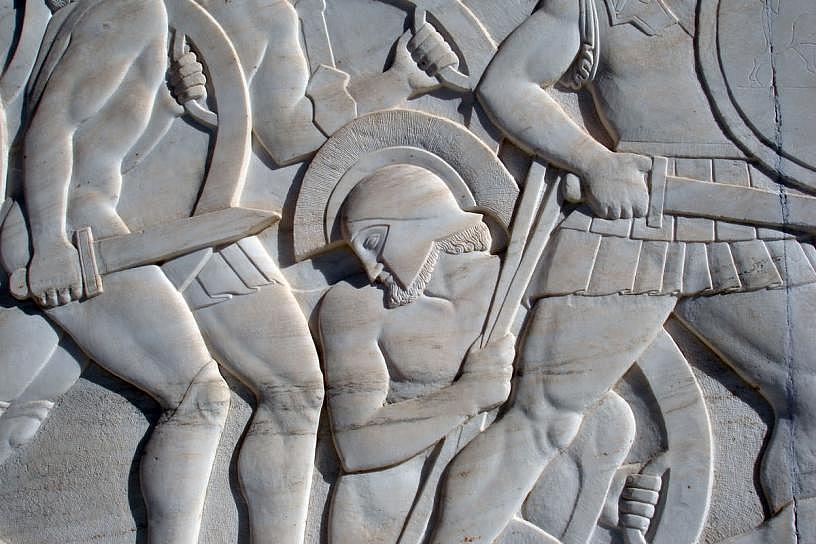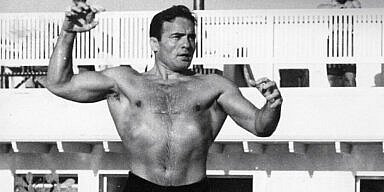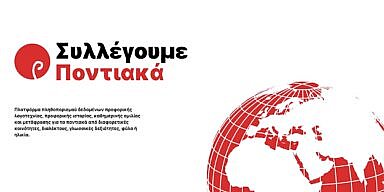We all know the most famous words of defiance uttered by King Leonidas I of Sparta, when Xerxes I of Persia demanded that the Spartans guarding the Pass at Thermopylae lay down their arms and surrender. Leonidas shouted out, “Mολὼν λαβέ” (Molon labe), meaning “come and take them.” With these two simple words, Leonidas and the 300 Spartans fought to the end and their last stand became the stuff of legend. A famous epigram, by Simonides, found at Thermopylae, states, “Oh stranger, tell the Lacedaemonians that here obedient to their laws we lie.”
But King Leonidas and his 300 Spartans are only a part, albeit a large part, of the story.
When Leonidas arrived at Thermopylae, he had a Greek army totaling over 7,000 (according to modern historians), including Arcadians, Mycenaeans, Corinthians, Phocians, Thebans, and others. But there were also 700 Thespians, led by General Demophilos. The Thespians came from the ancient Greek city of Thespiae, in Boeotia.
The night before the third day of the Battle of Thermopylae, the infamous traitor, Ephialtes, whose name has become the Greek word for “nightmare” and synonymous with traitor, led the Persian Immortals through a path around the Greeks. Upon receiving word that the Persians would be behind them, Leonidas held a war council and ordered the Greek allies to retreat (there is some doubt whether they were ordered or some simply packed up and left). Demophilos and his 700 Thespians, the entire hoplite force of the city, refused to leave. They volunteered to stay with the Spartans and fight the invaders, to the last man if necessary.
At dawn, with the Spartans and Thespians surrounded (and a contingent of Thebans, who quickly switched sides), Xerxes brought in 10,000 light infantry and cavalry. Previously, the Greeks had fought in front of the Phocian wall that they built across the pass, but this time charged forth from the wall to meet the Persians in the wider part of the pass. The Spartans and Thespians fought with their spears and switched to their short swords when their spears broke. Two brothers of Xerxes were killed in the fight and Leonidas was felled by arrows.
When the remaining Spartans and Thespians learned that the Immortals were coming up the rear, the Greeks withdrew to a small hill (Kolonos) behind the wall. There they fought, some with their hands and teeth, until Xerxes ordered a shower of arrows killing them all.
For the Thespians’ loyalty and heroic stance with the Spartans, their city, like Athens, was burned to the ground by Xerxes. About a year later, in August, 479 BC, at the Battle of Plataea, where the Greeks defeated Xerxes and his attempt to subject Greece, Thespiae sent 1800 men for the confederate Greek army.
There was no monument of these 700 Thespians until 1997, some 2,457 years after the Battle of Thermopylae, when the Greek government finally erected a monument to the Thespian fighters that died alongside the Spartans. It was erected next to their brothers-in-arms, the Spartan monument.
The 300 Spartans will always be remembered for what they did at Thermopylae and their bravery, which can never be understated, but let us not forget the other Spartans, the 700 Thespians who chose to stay and die in defense of Hellas.



